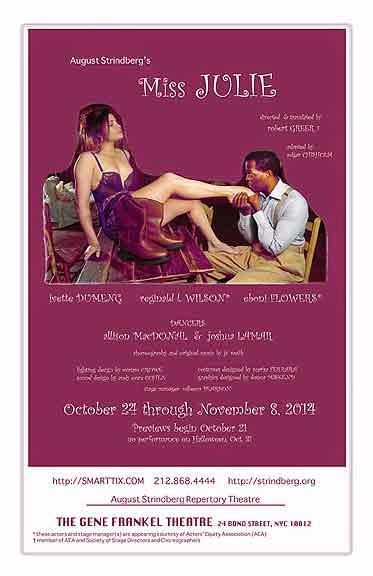DM: What made you choose to pursue children's books?
CP: My childhood memories and reading to
my children have inspired me to create picture books. I love books with unique
characters and expressive words. I collect picture books of every shape, size
and genre.
DM: What were your favorite books growing up?
DM: What were your favorite books growing up?
CP: There are three that come to mind. Firstly, Babar, it was my father’s tattered copy from his childhood which he read it to me when I was very, very young. Many of the B&W spot illustrations inside were colored in by him when he was little and then more coloring was added by me, we both had an exuberant scribbly style. I loved this story of the little orphan elephant who was taken in by the rich, old lady. When she took him to be fitted for clothes it was so enchanting because he anthropomorphically transforms and he has all sorts of adventures thereafter.
The Necklace of Raindrops was a book that I discovered by myself at the library, I was about 7. I just loved the stories and especially the Necklace of Raindrops. I dreamed of having such a necklace. The illustrations were also intriguing. Alice in Wonderland is the classic that I’ve never grown tired of. Others worthy of a mention would be Wind in the Willows and Pooh Bear stories as well as Everything written by Enid Blyton.

DM: What was your inspiration for Circus Girl?
DM: Which comes first, the words or the images?
CP: I think that both come together. First the idea germinates, I write it down and begin doodling characters. Then I write some words and more images spring to mind, back and forth. It is definitely a partnership of words and pictures.
DM: What is your favorite medium?
CP: I love colored pencils and watercolor paints, pans, tubes and inks. My favorite brands are from Japan and Germany and England.
DM: Do you use a computer?
CP: I do like my Macbook and I know I could do a lot more on it besides emailing, researching and exercising a couple of fingers but I haven’t found time yet to learn all the amazing design programs available. One day I’d like to but I derive too much pleasure from art materials!
DM: Did your work in film have any influence on your picture books?
CP: Yes, I think that working on a film from it’s original concept through research, production design, directing, editing and the final result have a parallel pace to making a picture book. My enjoyment and satisfaction comes from being involved in the book’s creation from start to finish.
DM: What are you working on next?
CP: Currently I’m finishing up artwork
for my Mother Goose book which will be published next year and I’m working on
Adventure Boy, the companion book to Circus Girl.
DM: What else would you like people to know about you or your work?
CP: Our dog Milo is famous in Weston, he is the mascot for my son Oliver's sports teams. My daughter Mia is musically gifted and is at a school for the arts. Circus Girl was published by Simply Read Books this year and it has been a wonderful experience to do book signings and read my book to children. I am thrilled to have the opportunity to converse with Donna about being a picture book author and illustrator. Thank you for interviewing me.
ABOUT CIRCUS GIRL:
When a little girl plays dress up in her leotard and socks she becomes Circus Girl star of the show. read more HERE.
You can learn more about Clare by visiting her web site at www.clarepernice.com
If you're in the Charleston, SC area she will be signing books at Blue Bicycle Books Dec. 6th.
Clare will be speaking on the artist panel Saturday, February 7th in an interview with the artists for the exhibit Dickens: A Celebration In Pictures. Both our work is included in a selection of work from the bicentennial celebration exhibit of Charles Dickens' classic books on view at the Poe Visitor Center February 3 through 21, 2015. Bring your kids and enjoy a Dickens Character Paper Puppet workshop with us too, see schedule for date info. For schedule information CLICK HERE.
CP: Our dog Milo is famous in Weston, he is the mascot for my son Oliver's sports teams. My daughter Mia is musically gifted and is at a school for the arts. Circus Girl was published by Simply Read Books this year and it has been a wonderful experience to do book signings and read my book to children. I am thrilled to have the opportunity to converse with Donna about being a picture book author and illustrator. Thank you for interviewing me.
ABOUT CIRCUS GIRL:
When a little girl plays dress up in her leotard and socks she becomes Circus Girl star of the show. read more HERE.
You can learn more about Clare by visiting her web site at www.clarepernice.com
If you're in the Charleston, SC area she will be signing books at Blue Bicycle Books Dec. 6th.
Clare will be speaking on the artist panel Saturday, February 7th in an interview with the artists for the exhibit Dickens: A Celebration In Pictures. Both our work is included in a selection of work from the bicentennial celebration exhibit of Charles Dickens' classic books on view at the Poe Visitor Center February 3 through 21, 2015. Bring your kids and enjoy a Dickens Character Paper Puppet workshop with us too, see schedule for date info. For schedule information CLICK HERE.




